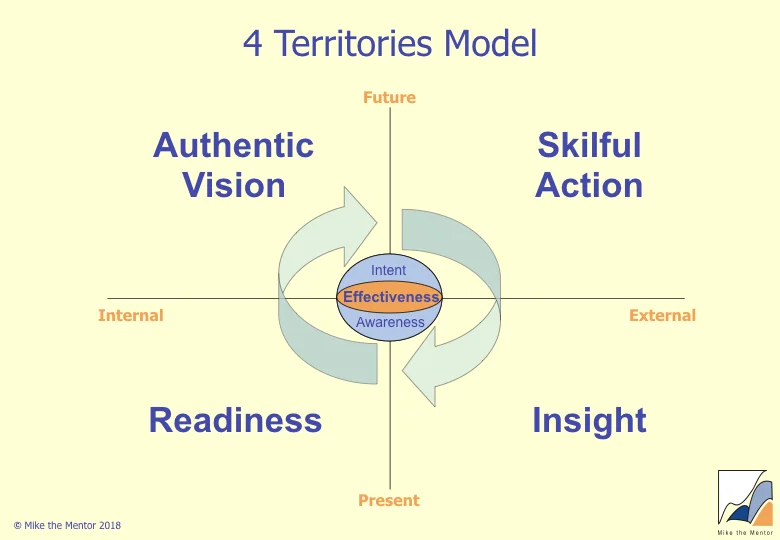The Ideal Self
/Over the years I have worked as a coach, I have increasingly realised just how difficult it is to help people create sustained changes in their behaviours, attitudes and self-image. At the same time, I have also been amazed by the extent to which people do, on occasions, make sustained change in just such areas.
For example, for the past 10 years I have, most weeks, gone to a pilates class. Nothing unusual in that - except I don't actually enjoy pilates! I believe its good for me - but then there are many things that I believe would be good for me that I don't do. Knowing that something is good for me isn't enough in itself to cause me to do it.
So why do I do pilates? It is for a simple and powerful reason. I have made doing pilates a part of my identity. I like to think of myself as someone who does pilates. When, a year or so back, I thought about packing the pilates in, I noticed that just that thought created a real sense of loss, of something missing in my life.
So what I have learnt is that, if I am to successfully change my behaviours,one way is to make them part of the Self I aspire to being.
I was interested to discover that this is a topic which Richard Boyatzis has given considerable thought to in developing his theory of Intentional Change, the core driver of which is what he refers to as the Ideal Self. He suggests that the creating sustained change at the individual level involves:
identifying my Ideal Self - who do I want to be?
identifying my Real Self - who am I?
developing a Learning Agenda - to build on my strengths and work on my weaknesses
experimenting and practicing the new behaviours, thoughts, feelings or perceptions
having trusting relationships that enable me to experience and process each discovery in the process.
The Ideal Self is an evolving motivational core within the self which focuses a person's desires and hope, aspirations and dreams, purpose and calling and drives change in our behaviour, emotions, perceptions and attitudes. It is made up of three major components:
a compelling image of a desired future articulating one's dreams, aspirations and fantasies. This is cognitive in nature but fuelled by the affect resulting from one's passion, dreams and values (see diagram).
hope caused by one's optimism and belief in one's general competence. Hope is also an expression of a person's degree of self-efficacy (their belief in their capability to produce results)
a comprehensive sense of and acceptance of one's core identity (past strengths, traits and other enduring dispositions).
The Ideal Self manifests as a personal vision of what a person hopes to achieve in their life and work, or as an image of the kind of person they want to be.
If we want to help our clients change, one of the most powerful things we can help them do is activate the force of their Ideal Self.
Boyatzis & Akrivou in The ideal self as a driver of change propose that there are three elements to developing a healthy and robust Ideal Self that a coach can help someone with:
Awareness: Articulating and making explicit their Ideal Self by increasing their mindfulness of it and its components (see diagram)
Importance: Raising the importance of their Ideal Self by increasing the intensity of their desire for the components of their Ideal Self
Coherence: Integrating all the components of the Ideal Self with the their desired life and future.
Note that the Ideal Self is different from the "Ought Self", which is someone else's version of what your Ideal Self should be which you have mistaken for your Ideal Self. The Ought Self can masquerade as a very convincing Ideal Self - as coaches we need to be alert to this and help unmask the impostor! (in the nicest possible way of course).
More in Resonant Leadership.

